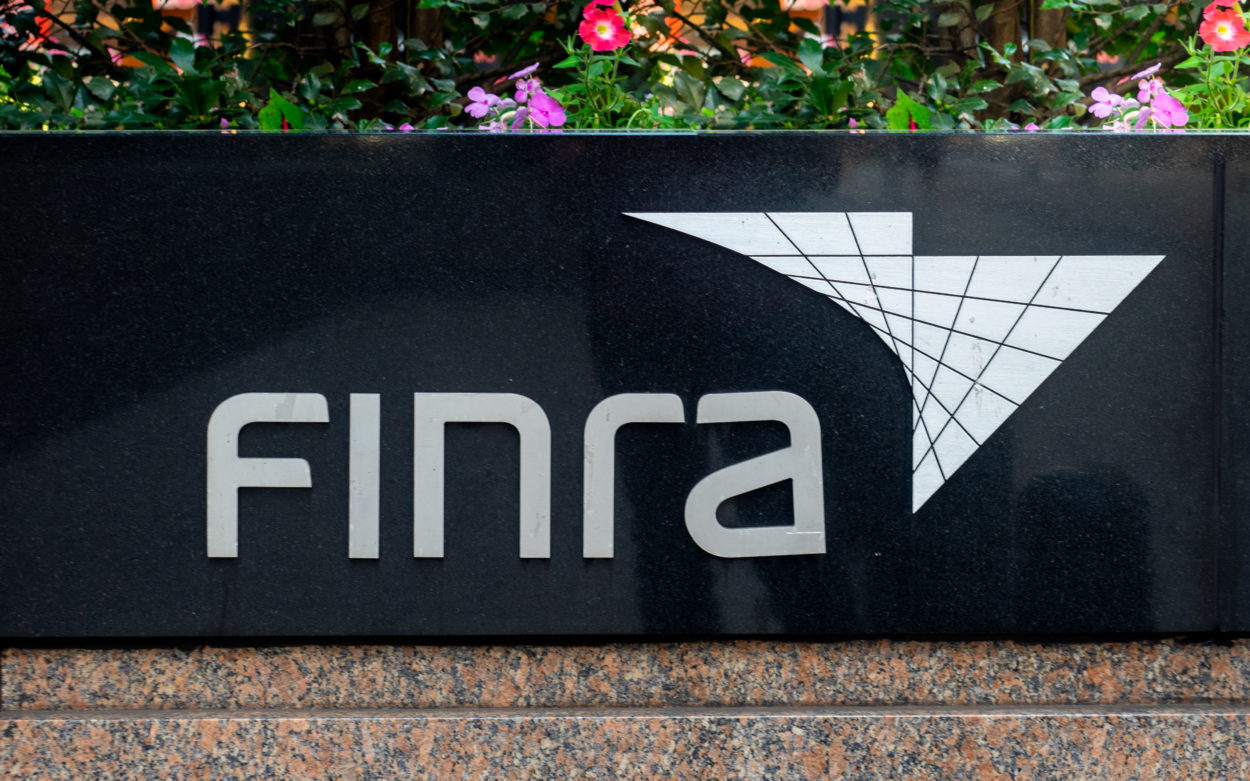
It is virtually impossible to explain what the world was like, pre-internet, to a younger generation that is so totally enmeshed in it. The cultural and economic effects of the internet permeate everyday life in many different ways. Unless you are familiar with the world in the days before the internet it may be difficult to get some perspective.
Personal computers did not really become a mainstream reality until the 1980s. As the market developed through the 1970s, many people looked at computers as computational machines. We had just put men on the moon using slide rules. At that time, much of the focus was on big computers solving far more complicated problems.
There were certainly articles that showed people were thinking about computer applications for business. Word processing and basic bookkeeping applications were introduced. Bar codes made controlling inventory easier. Suffice it to say that the pre-internet world functioned well enough to invent the internet and help it develop.
CompuServe
By the mid-1990s, I was an early member of CompuServe. At the time, CompuServe offered little more than a series of simple bulletin boards, labeled by subject, where anyone could post a message or reply to one. I would dial-in after dinner for an hour or so most evenings.
I read through a lot of posts and comments for several years. At no prior point in history could any one person be exposed to so many different voices emanating in so many different places funneled into their home.
Originally there were no pictures attached but there was little doubt that both still pictures and moving pictures would be coming soon. The technologists assured us that there would be an ever growing amount of bandwidth (traversing fiber-optic cables, they thought) so that we could send all the bits of data that were collected anywhere in an instant.
I remember discussing CompuServe and the “world wide web” with my students. There was a general feeling that it was a positive development. The students (and many of the “experts”) saw the internet as a way to give a lot of people access to a lot of information. A lot of people believed that all this information should be free and available to everyone. Terms like “information highway” were commonplace.
There were ongoing projects to put all the books in the Library of Congress “on-line”. There were predictions that the internet would provide walking tours of the great art museums of the world; that people would “sit” in lectures and watch performances in concert halls remotely in real time or from a catalog.
It was obvious then that the internet would evolve to the point where my students could sit through the same course in freshman Economics at Harvard, Yale or the London School of Economics without leaving home. I, and others, saw education as something that would be available to the masses who would sit in front of a screen in their pajamas. I was surprised when the students rejected that idea.
I had this discussion with several classes over a period of a few years and year after year the students seemed reluctant to get their education at home and give up the “college experience”. It took a while for me to understand that they were referring to the interpersonal relationships that they were having with their classmates. (Do I have to spell it out?)
Dotcoms
When the internet finally opened for business in earnest with the dotcoms in the late 1990s there was certainly a sell side perspective. A lot of people saw the internet as a tool for advertising and direct to consumer distribution. Early websites were the equivalent of the Sears or LL Bean catalogs reproduced as pages to a website with a telephone number if you wanted to place an order.
Pioneers like Jeff Bezos did the math. Selling anything direct to consumers eliminated the costs of a typical retail operation starting with the rent and retail employees. Bezos sold books because the bookstores with which he competed had high inventory costs and low inventory turn-over.
As early as 1995 a lot of people were beginning to predict the demise of retail stores and the malls they occupied. That trend is certainly evident today but it has been 25 years in the making and the parking lot at the local mall was still overcrowded on the day after Thanksgiving this year.
Napsters
I think the first truly disruptive website was Napster. The internet was specifically intended to facilitate the dissemination of information. When the recording industry pushed back against Napster it was saying that it “owned” the information and wanted to control it and people started to look at information a little differently.
Throughout the 1990s, as people were thinking about the internet, its uses and effects, no one was thinking about what has become known as “social media”. Facebook and the other social media platforms have become all pervasive in commerce and in social interaction and very few people saw it coming.

Social media is also personal media. The various social media platforms allow access to the marketplace for new businesses, new writers, musicians, artists and entertainers. They also allow any individual to post: “this is who I am; this is what I can do; this is what I charge.” That describes a labor market far different from the labor market that existed before.
Love it or hate it, Facebook and the other platforms have demonstrated that what consumers do and what they like can be collected, analyzed and used as a powerful marketing tool. That data is also on the information highway, just going in the opposite direction. Very few people in the 1990s were thinking about all that customer data that is now so valuable.
I hope that students a generation from now appreciate the contribution to marketing made by the Kardashians. As a group they have ingeniously dominated social media, literally day after day. They have used that daily media attention to sell billions of dollars worth of very high mark-up goods and develop a very valuable brand.
Finally, the social media platforms have demonstrated that they can lie to consumers with impunity, sell products and suffer no consequences. I am amazed how much snake oil is sold on even the “better” platforms. The amount of bad or patently false information available on the internet is frightening.
Fact checkers seem to have gone the way of the farriers. I have read articles that have been “published” on websites that are so factually incorrect, I question how the authors got out of high school.
What I think is missing from this discussion of marketing to the masses, is the fact that the internet has facilitated one-on-one conversations that would not otherwise have occurred. I began to use LinkedIn as a way to distribute this blog and sell my book in mid-2015. Since that time I have connected with almost 5000 people from all over the world.
Of those 5000, I find myself constantly having telephone conversations with a small but interesting few. I speak with people involved with businesses from all over the world. I ask them a lot of questions. I cannot think of a better way for me to keep abreast of what is going on in the marketplace.
The internet is not going away. Every year it reaches more and more people. Each year it handles more and more commerce. But it is still a new media. All of the information it delivers still needs a human filter to be valuable. It still needs some common sense which is in short supply. It is great to be cruising down the information highway, but somebody needs to ask where we are going and if we really want to go there.
If you’d like to discuss this or anything related, then please contact me directly HERE
Or you can book a time to talk with me HERE













